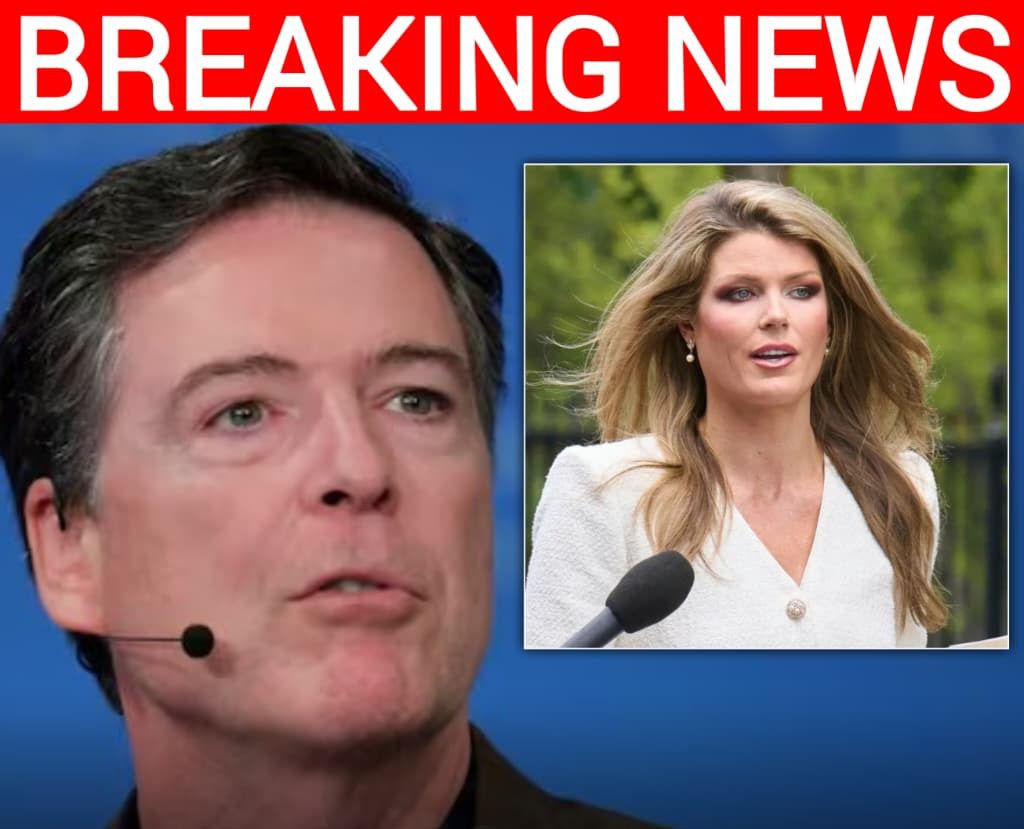Outrage Erupts as Judge Transfers Key Decision That Could Remove Trump-Appointed U.S. Attorney Lindsey Halligan from James Comey’s Criminal Case
A new twist has emerged in the ongoing criminal proceedings against disgraced former FBI Director James Comey, as a federal court order issued on October 21, 2025, shifted the focus of the case away from the evidence and toward the prosecutor herself. The ruling, in United States v. Comey (No. 1:25-cr-272-MSN), transfers the defense motion challenging the role of U.S. Attorney Lindsey Halligan—appointed by President Trump—to a separate judge, raising concerns that the justice system is once again bending to political pressure.
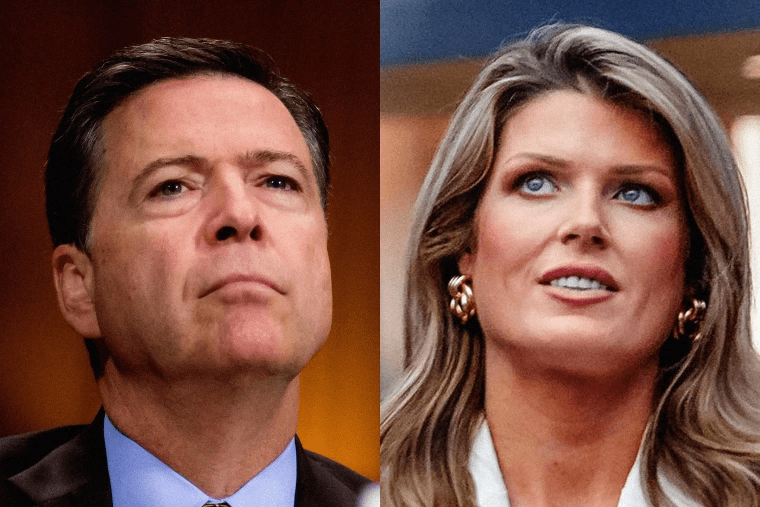
The court’s decision to send the motion to Senior Judge Cameron McGowan Currie, a Clinton appointee from 1994, has ignited a storm of criticism from conservatives who see the move as an attempt to sideline the very prosecutor responsible for bringing Comey’s indictment. Halligan, a seasoned former insurance litigator and trusted Trump ally, was appointed after the 2024 election to lead prosecutions in the Eastern District of Virginia. She quickly became known for her aggressive pursuit of public corruption and abuse-of-power cases—many of which touched the upper ranks of Washington’s bureaucracy.
Comey’s legal team has argued that Halligan’s appointment violates separation-of-powers principles, invoking Supreme Court precedents tied to the Appointments Clause. The defense contends that her role as an “interim” U.S. attorney lacks constitutional legitimacy. Yet to Trump supporters and many legal observers, this appears to be nothing more than a technical distraction meant to derail the case and protect one of the most controversial figures in modern federal law enforcement history.
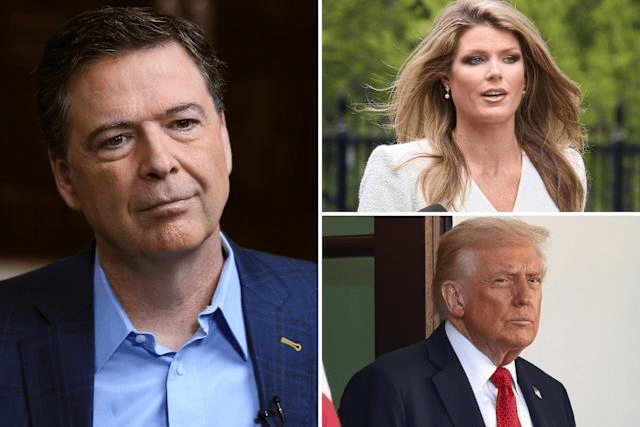
The optics of the decision have only intensified partisan tensions. By choosing not to rule directly on Halligan’s disqualification and instead transferring the issue to a Democrat-appointed senior judge, the court has effectively prolonged a battle that many see as political rather than procedural. Critics point out that the focus should be on the evidence of Comey’s alleged misconduct—not on the political background of the prosecutor who brought the charges.
Lindsey Halligan’s name carries significant weight among conservatives who view her as a symbol of Trump’s determination to restore fairness in the justice system after years of politicized investigations. Her involvement in the Comey case was celebrated by supporters as a long-overdue step toward accountability for the former FBI director whose handling of sensitive investigations during the 2016 election drew bipartisan condemnation. Now, that progress appears to be in jeopardy as legal maneuvering threatens to push her aside.
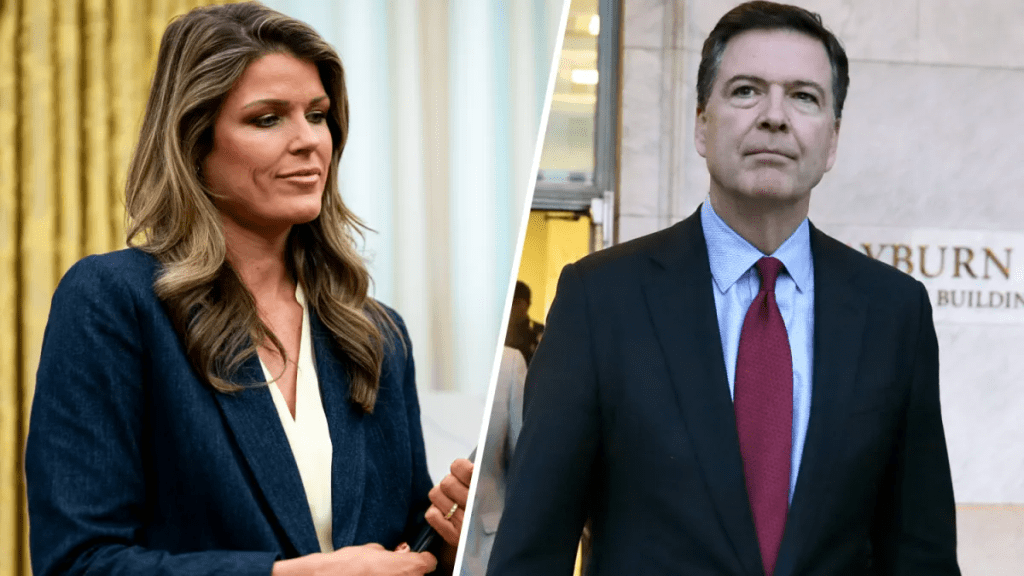
The decision to allow Judge Currie to oversee the question of Halligan’s eligibility could set a broader precedent, potentially reshaping how federal attorneys appointed under the Trump administration are treated in politically sensitive cases. For many on the right, it reinforces a familiar pattern: when Trump-aligned prosecutors pursue establishment figures, procedural roadblocks suddenly emerge to stall or neutralize the effort.
In the broader political context, this development underscores the deep divide in America’s judicial landscape. Trump’s post-2024 judicial and prosecutorial appointments were designed to counter what his supporters call “activist courts” that have historically favored liberal rulings. Moves like this, they argue, demonstrate just how entrenched that judicial activism remains.

For now, Lindsey Halligan’s future in the case rests in the hands of a Clinton-era judge—a scenario that has only fueled public frustration. Online reactions have been swift and emotional, with thousands expressing disbelief that the system appears to be protecting Comey yet again. “They’re trying to remove the prosecutor instead of examining the evidence,” one viral post read, capturing the sentiment shared across conservative media platforms.
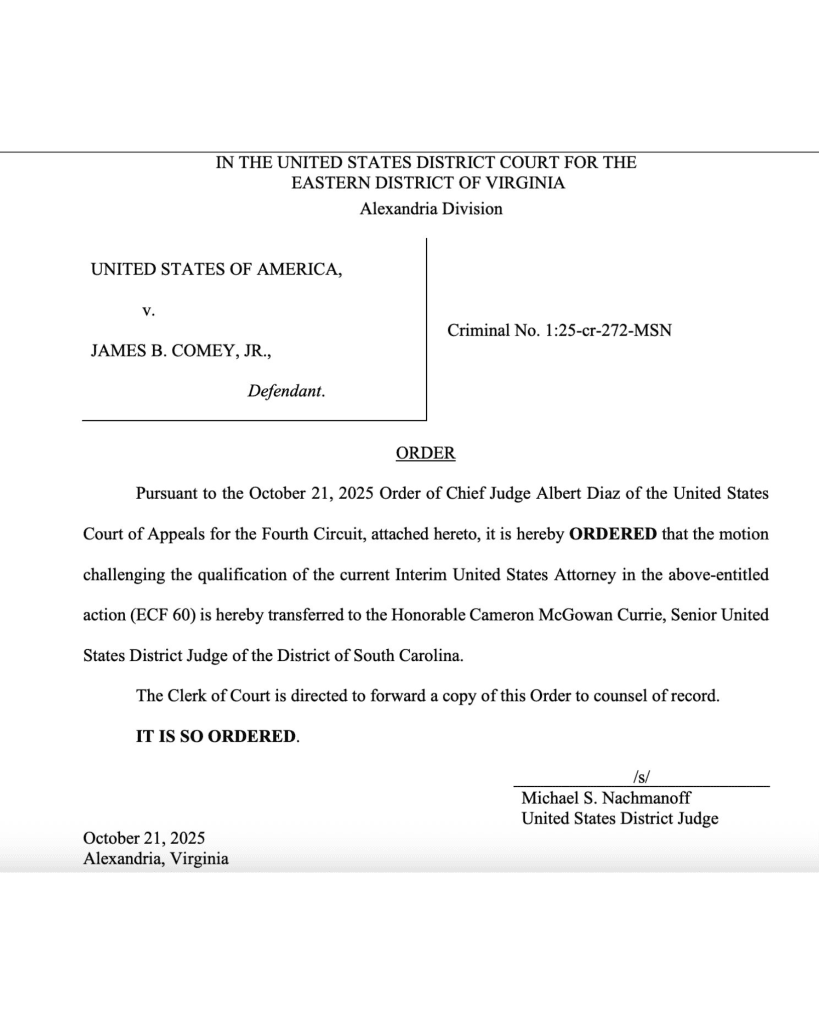
As Washington watches the next phase unfold, the stakes extend far beyond one trial. This battle represents the larger war over who truly controls America’s justice system—and whether accountability still applies to those who once held power at its highest levels.
